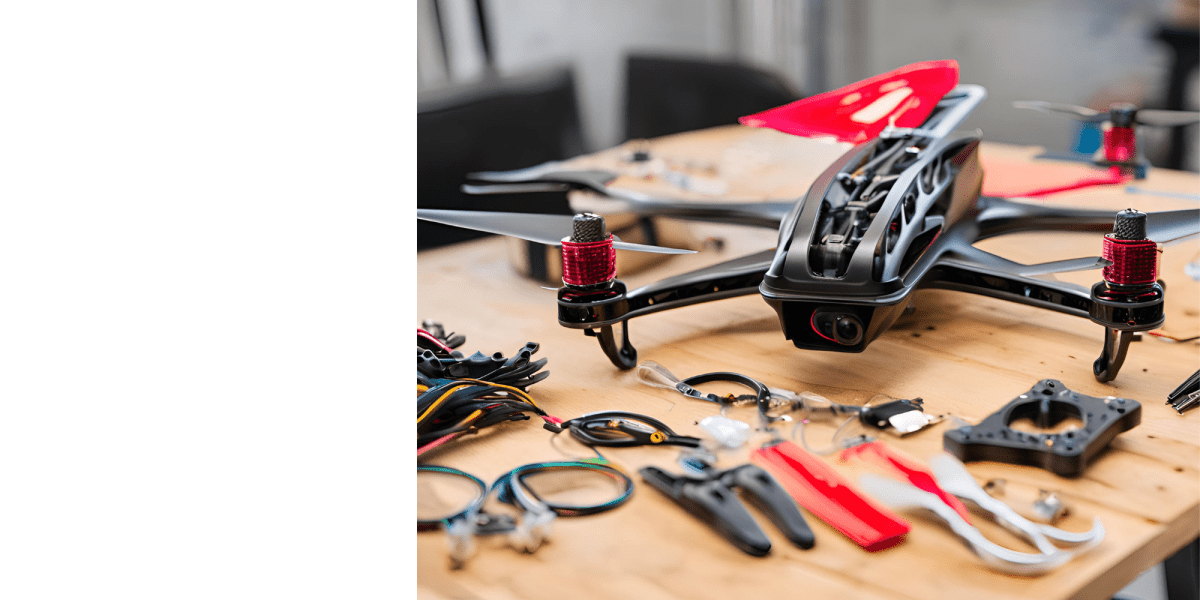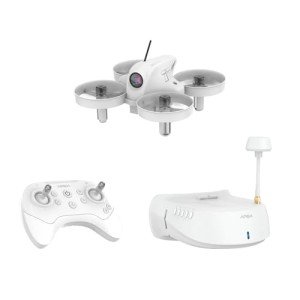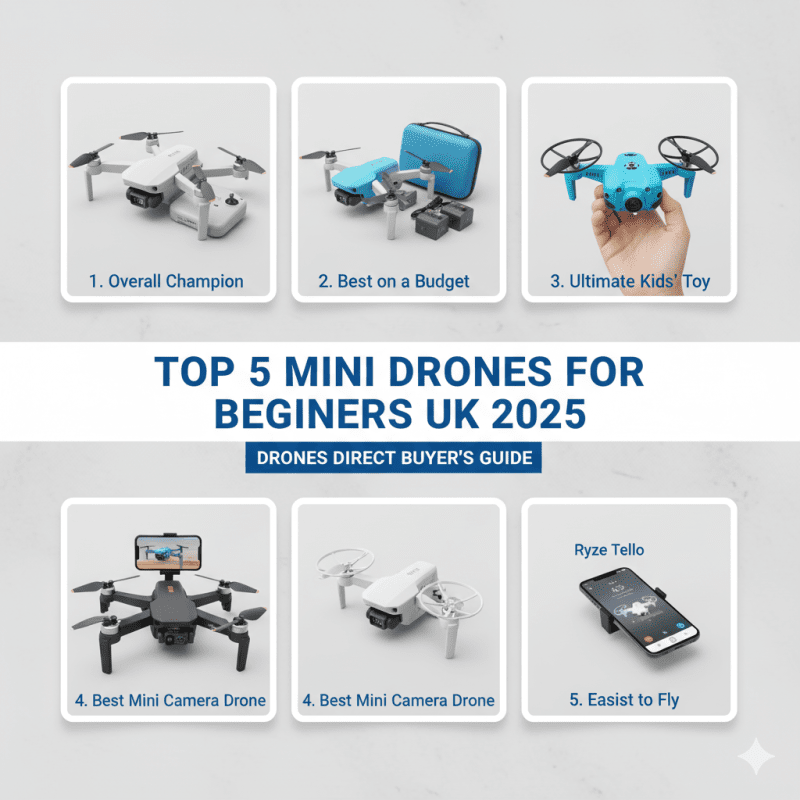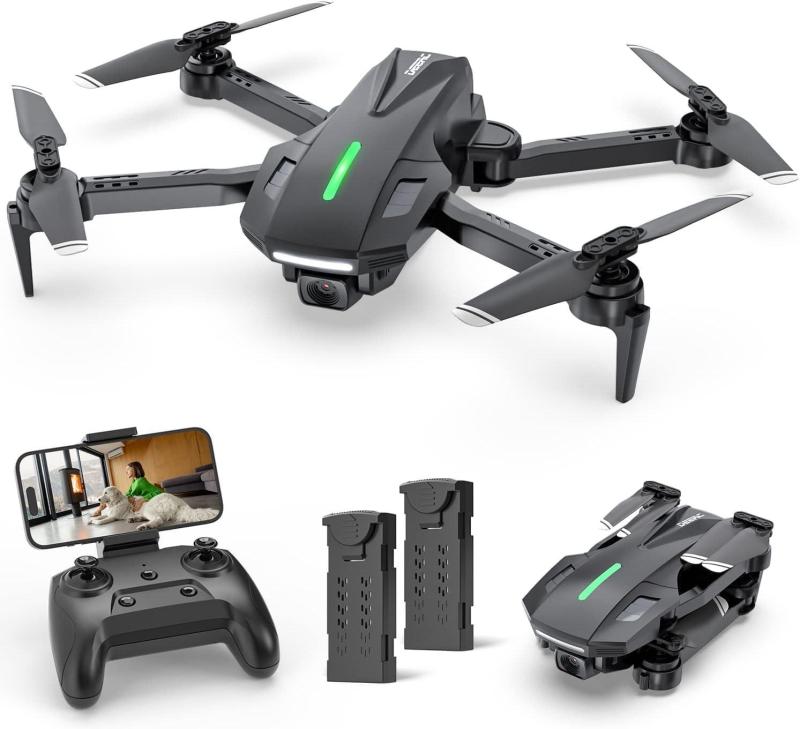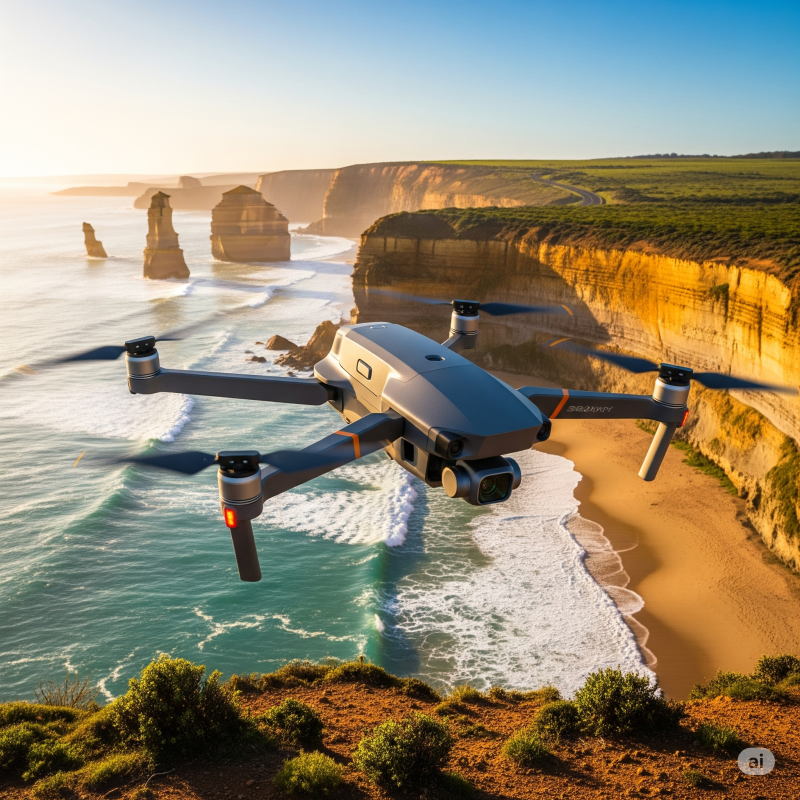The Mechanics of Racing Drones: How They Work and What Makes Them Unique
Racing drones are unlike any other type of drone you may have seen or used before. They are specifically designed for speed, agility, and maneuverability, making them the perfect choice for racing enthusiasts. In this article, we will take a closer look at the mechanics of racing drones and what makes them unique.
Frame and Construction
One of the most important elements of a racing drone is its frame. The frame must be sturdy, lightweight, and durable enough to withstand crashes and impacts. Many racing drones have carbon fiber frames, which are both strong and lightweight. The frame will also have a specific design to aid in aerodynamics, such as a sleek and streamlined design to reduce drag.
Flight Controller
The flight controller is the brain of the drone and is responsible for interpreting and managing all of the data from the onboard sensors. Racing drones require fast and precise control, so their flight controllers are specialized and often come with a built-in accelerometer, gyroscope, and magnetometer. These sensors help the drone maintain stability and respond quickly to any movements or changes in direction.
Propulsion System
When it comes to racing drones, speed is everything, and the propulsion system is what makes this possible. Racing drones typically have high-powered motors and large propellers, which generate a lot of thrust and allow the drone to reach high speeds quickly. The motors are also designed to be highly responsive, allowing the drone to make quick turns and maneuvers.
FPV System
An essential component of racing drones is their FPV (First Person View) system. This allows the pilot to see through the perspective of the drone in real-time, giving them a clear view of the race course and obstacles. The FPV system consists of a camera mounted on the drone, a video transmitter, and a set of goggles or a monitor that the pilot wears or uses to see the video feed. The video feed is transmitted in real-time to the pilot, providing them with a seamless and immersive experience.
Battery and Power System
Racing drones require a lot of power to achieve their high-speed performance, so they come with specialized batteries and power systems. These battery packs are designed to deliver high bursts of power, allowing the drone to take off quickly and reach top speeds. However, the downside is that they have a shorter flight time than standard drone batteries, typically lasting only a few minutes.
In conclusion, racing drones are a unique type of drone that requires specialized components and technology to achieve their high-speed performance. From their carbon fiber frames and high-powered motors to their advanced flight controllers and FPV systems, every aspect of a racing drone is designed for speed and agility. If you’re an adrenaline junkie or a racing enthusiast, a racing drone is an excellent choice for a thrilling and exhilarating experience.
The Art of Racing Drones: The Challenges and Rewards of Competitive Drone Racing
Drone racing, a fast-paced and exhilarating sport, has gained immense popularity in recent years. From amateur hobbyists to professional pilots, people from all walks of life are taking up the challenge of drone racing. But what is it that makes drone racing so compelling?
At the heart of drone racing lies the concept of speed and agility. Pilots maneuver their drones through a variety of obstacles and tight turns with precision and speed, competing against each other to see who can complete the course in the shortest time. The key to winning is not just speed, but also strategy and skillful control of the drone.
One of the biggest challenges in drone racing is mastering the art of flying. Unlike traditional model airplanes, drones are highly maneuverable and require a different set of skills to fly. You need to have excellent hand-eye coordination and reflexes, as well as a good understanding of flight dynamics and aerodynamics. Additionally, you need to be able to handle the pressure of racing and make split-second decisions to avoid crashes and maintain optimal performance.
Another challenge in drone racing is mastering the technology. Modern racing drones are equipped with advanced sensors, cameras, and wireless communication systems that require technical knowledge to operate and maintain. Pilots need to be familiar with the hardware and software components of their drones, and be able to troubleshoot any technical issues that arise during the race.
Despite the challenges, the rewards of drone racing are immense. For starters, drone racing offers a unique and exciting opportunity to compete with others and push your limits. It also provides a creative outlet for those who love tinkering with technology and building things. Additionally, drone racing offers a great way to connect with other pilots and form a community around the shared passion for the sport.
Ultimately, drone racing is a test of skill, agility, and precision. Whether you are a seasoned pilot or a newbie, the sport offers a fun, challenging, and rewarding experience that is hard to beat.
Building a Racing Drone: Tips and Equipment to Help You Get Started in This Thrilling Hobby
Building a racing drone can be an exciting and rewarding experience. Not only will you have a customized drone that performs exactly the way you want, but you will also have a deeper understanding of how drones work. Here are some tips and equipment to help you get started on building your first racing drone.
1. Choose the Right Frame
The frame is the backbone of your drone. It is the foundation where all the other parts are attached to. When choosing a frame, you need to consider its weight, durability, and material. Frames can be made of carbon fiber, aluminum, or plastic. Carbon fiber is the most popular choice because it is lightweight and strong.
2. Pick the Right Motors and Propellers
The motors and propellers are the heart of your drone. They determine how fast and agile your drone can be. When choosing motors, you need to consider their power, speed, and efficiency. Propellers come in different sizes and shapes. You need to match the propellers to the motors for optimal performance.
3. Select the Right Flight Controller
The flight controller is the brain of your drone. It controls the motors and keeps the drone stable in the air. When choosing a flight controller, you need to consider its features and capabilities. Some flight controllers come with built-in GPS, sensors, and other advanced features.
4. Get a Good Radio Transmitter and Receiver
The radio transmitter and receiver are what allow you to control your drone. They need to be reliable and responsive. When choosing a radio system, you need to consider its range, frequency, and compatibility with your flight controller.
5. Invest in a Good FPV System
FPV (First-Person View) is what allows you to see what your drone sees. It gives you a real-time view from the drone's camera. When choosing an FPV system, you need to consider its quality, range, and compatibility with your radio system.
6. Don't Forget the Battery and Charger
The battery is what powers your drone. You need to choose a battery with enough capacity to give you a decent flight time. The charger is what recharges the battery. You need to choose a charger that is compatible with your battery and can charge it safely and efficiently.
Building a racing drone can be a challenging but fulfilling experience. With the right equipment and some patience, you can build a drone that performs at its best.
APEX VR70 FPV Racing Drone Kit for Beginners
Experience the thrill of racing and aerial exploration with the ultimate beginner-friendly drone
Product information
$169.99
Product Review Score
4.55 out of 5 stars
33 reviews